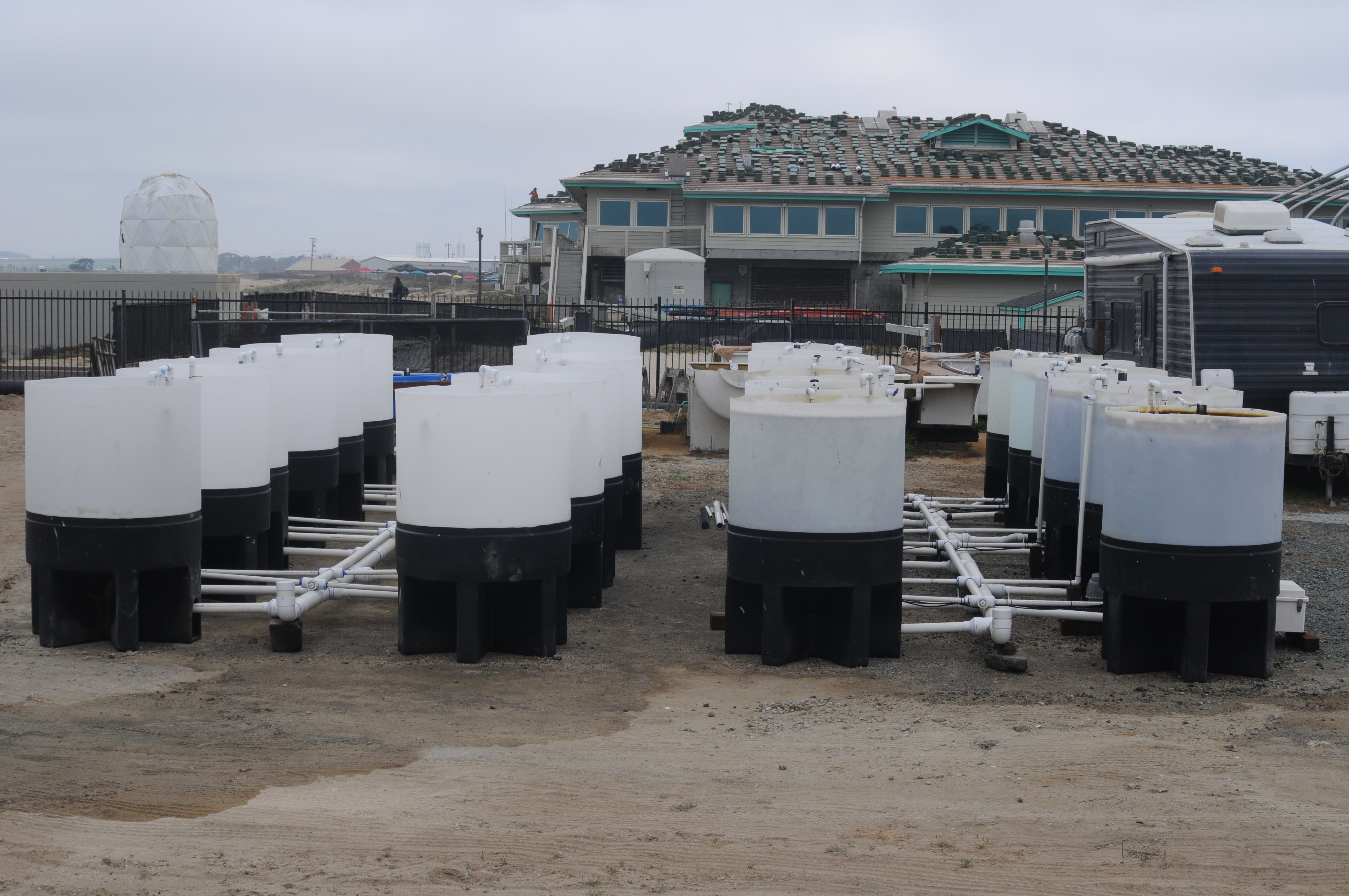
ABOUT AQUACULTURE
Aquaculture in California
Aquaculture now provides 50% of all fish consumed world wide. Global aquaculture production expanded at an average annual rate of 6.2% during 2000-2012. But in North America, production declined in the same period. The U.S., and California specifically, have not embraced aquaculture as a potential source for sustainable food, biofuel, fertilizer, or overtaxed fisheries remediation. This is particularly notable given California’s 155,779 square miles and its coastline of 840 miles in general terms and 3,427 miles in tidal terms.
California’s aquaculture industry, and requisite workforce and technical training base, is underdeveloped. Californian sea-based marine aquaculture for commercial purposes is currently limited to oysters, abalone, clams, and mussels. Aspiring West Coast aquaculturists wishing to raise fish or other marine aquaculture must do so outside California jurisdiction in U.S. federal waters; for example, Hubbs Seaworld currently has plans to build a 300,000 square foot facility 4.5 miles off the coast at San Diego (Hill 2014).
How Our Program Will Help
The MLML Aquaculture Facility offers a much-needed stimulus for growth of the aquaculture industry in California, informing the evolving standards and regulations in our State, innovating in onshore and land-based system technologies, and facilitating job creation through the training of aquaculture entrepreneurs and professionals.
We help foster the growth of key areas in which California is lacking, especially in marine algae production for potential uses including renewable biofuels, animal feed (to reduce reliance on irrigated land sources), and innovative food products and supplements, thus helping to develop new segments of the State’s economy. In addition, the Aquaculture Facility will be strategically placed to research and promote the use of aquaculture in clean technology applications for a variety of wastewater treatment and resource recovery settings.

